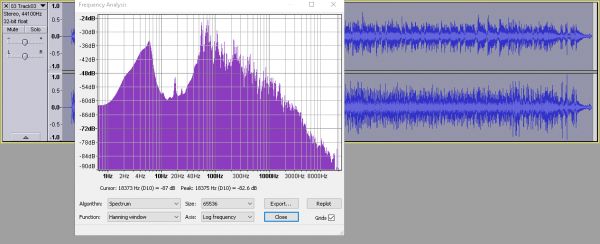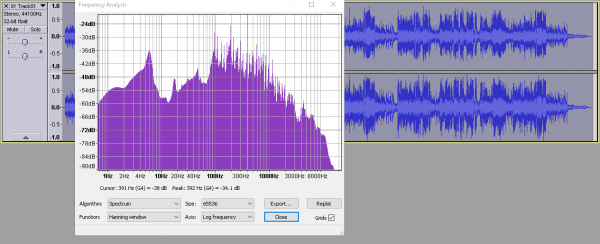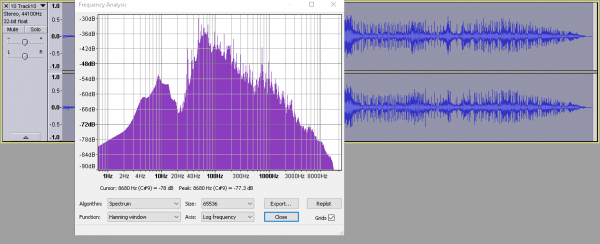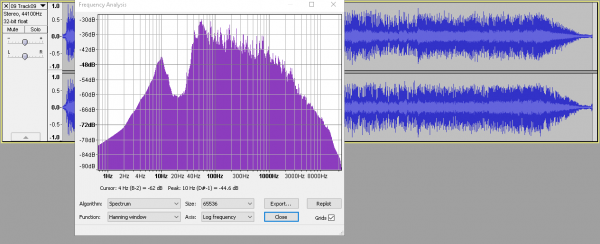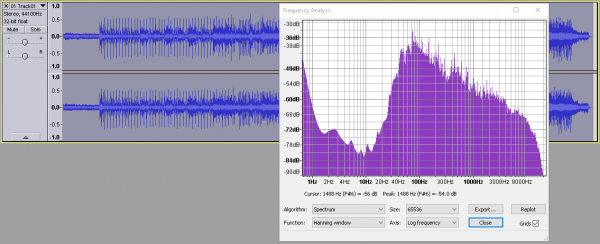This was an article written by Pepe57, whom I visited in Milan over the weekend, detailing how to match the weight of the arm and cart so that it resonates between 9 to 11Hz. Not sure how many of you abide by the math and how many of you don't.
http://remusic.it/EN/The-Compliance...-of-the-TonearmCartridge-Combination-05728c00
To summarize, if your arm weighs 35g (FR 66, Ikeda, Kuzma are all heavy arms, I think), and you have say, a total of 50g, then if the compliance of the Koetsu at 10Hz is 12, so 12*50 = 600, square root of which is 24.5, and using 24.5 to divide 159, and then deducting 10%, you get approx. 5 - 6Hz.
Which is too low, as it should be between 9 and 11. But by this logic, you need a lighter arm for the Koetsu, while the users here have reported being happy with heavier arms.
What are experiences in practice vs the actual math?
http://remusic.it/EN/The-Compliance...-of-the-TonearmCartridge-Combination-05728c00
To summarize, if your arm weighs 35g (FR 66, Ikeda, Kuzma are all heavy arms, I think), and you have say, a total of 50g, then if the compliance of the Koetsu at 10Hz is 12, so 12*50 = 600, square root of which is 24.5, and using 24.5 to divide 159, and then deducting 10%, you get approx. 5 - 6Hz.
Which is too low, as it should be between 9 and 11. But by this logic, you need a lighter arm for the Koetsu, while the users here have reported being happy with heavier arms.
What are experiences in practice vs the actual math?






